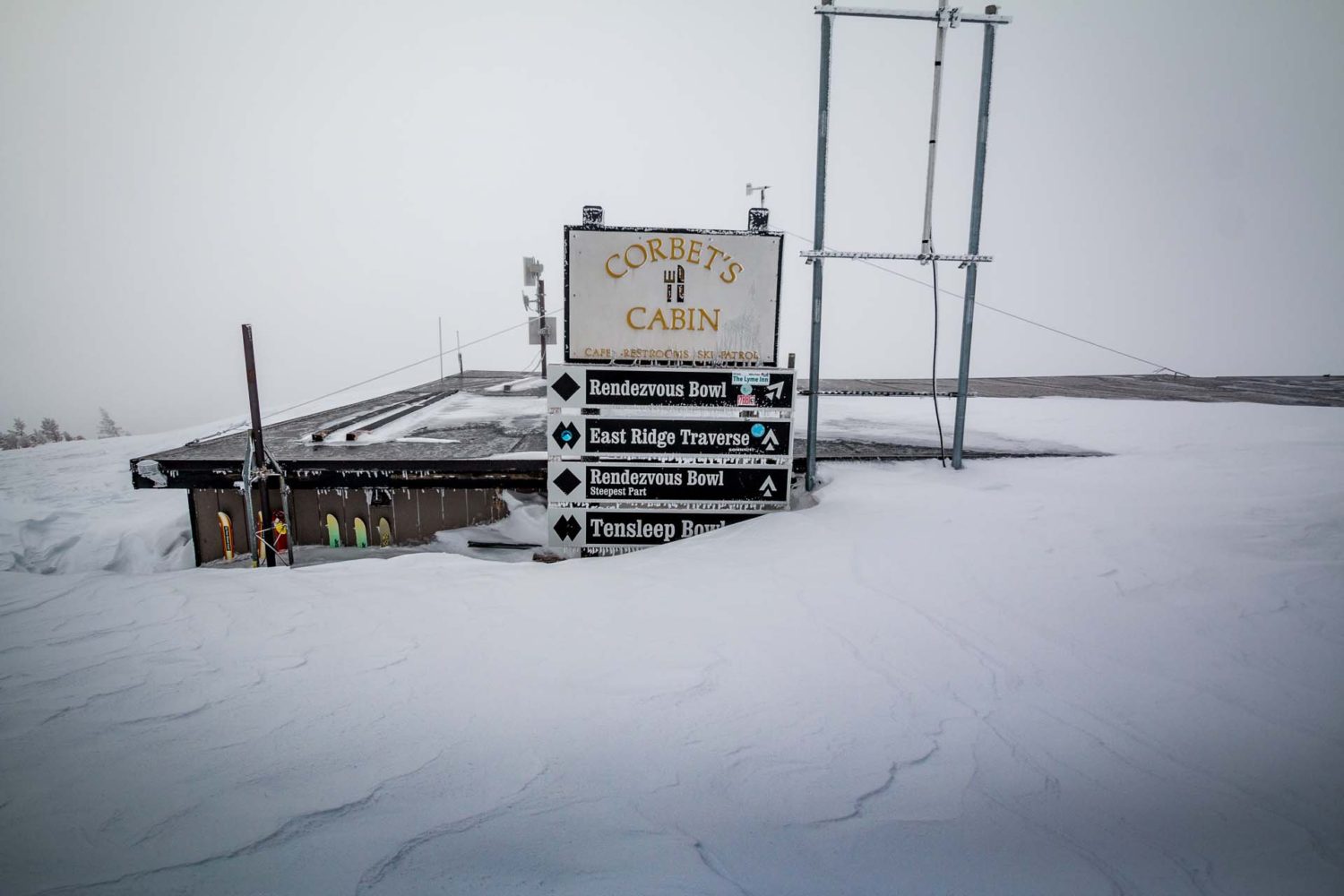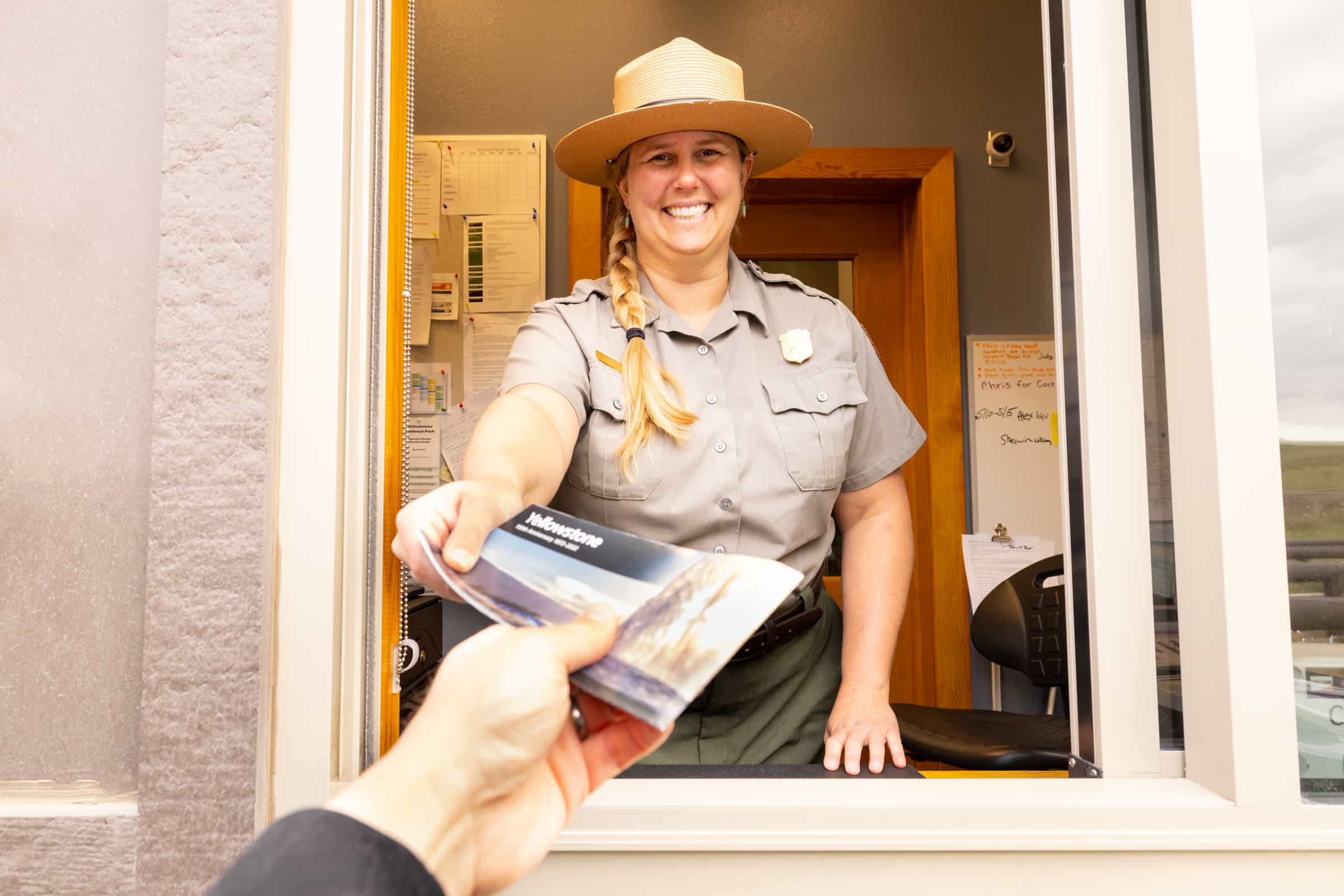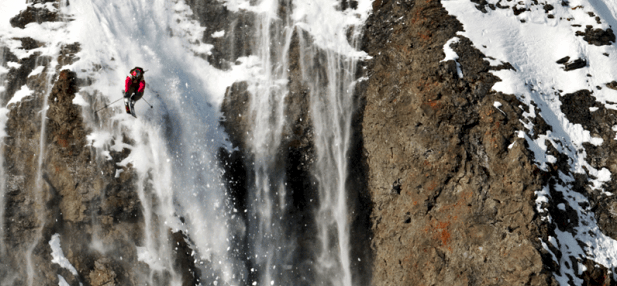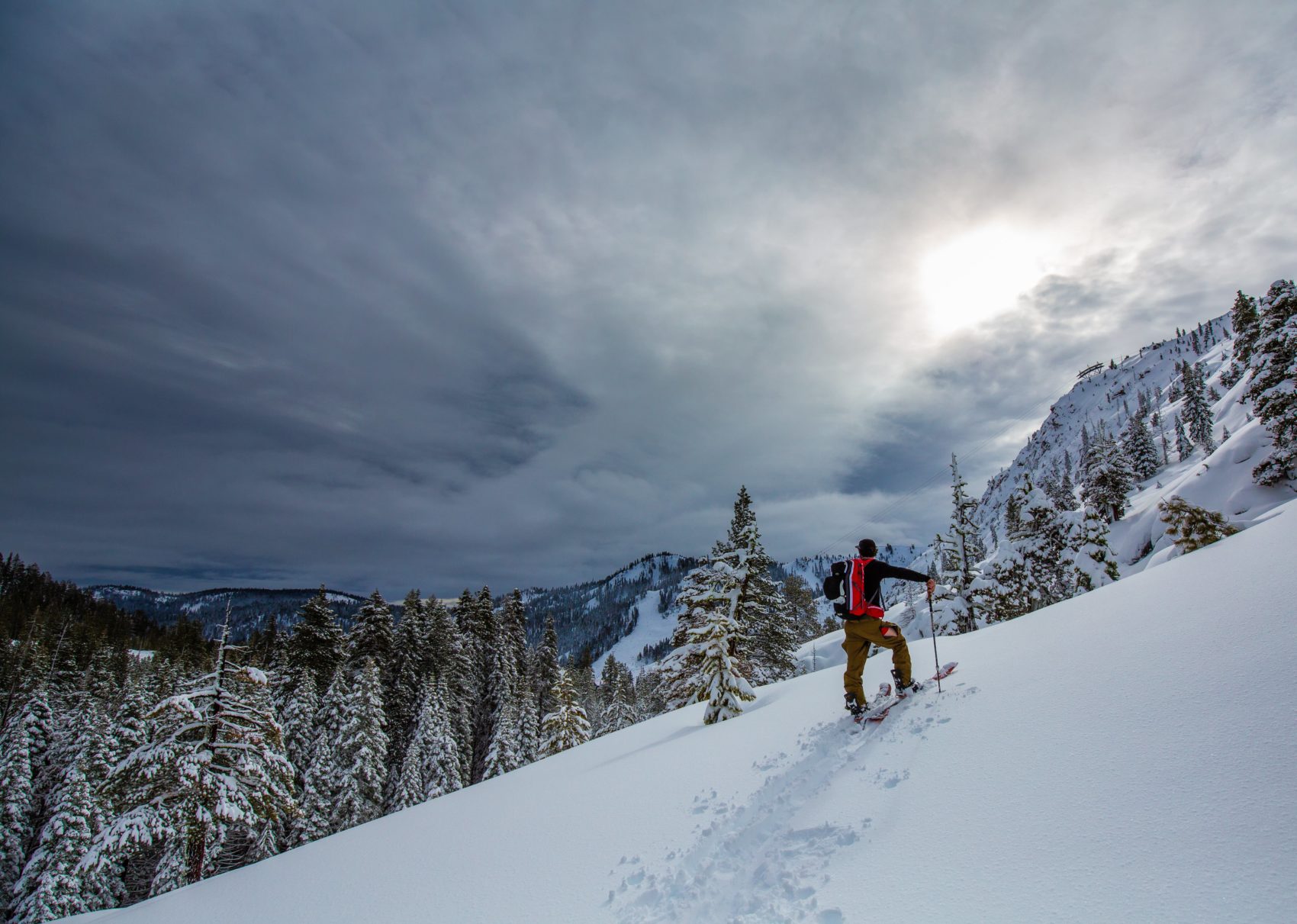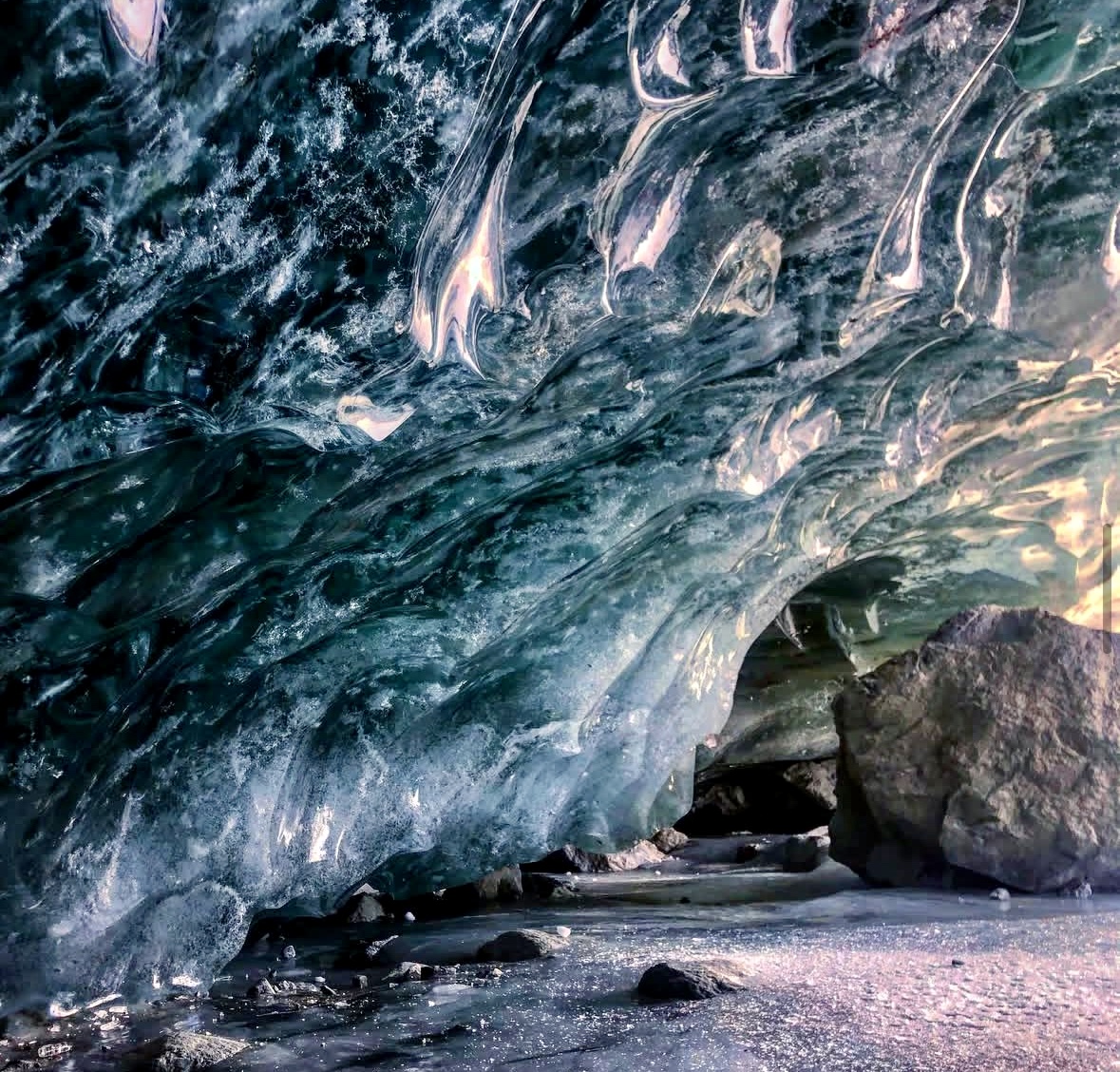
From surreal summer skiing to panoramic peaks that seem to scrape the stratosphere, glacier ski resorts offer experiences unmatched by traditional alpine resorts. With around 40 glacier ski areas left worldwide, these high-altitude holdouts are increasingly rare—and increasingly worth the trip. Here are 11 of the most fascinating glacier resorts on Earth, each offering a mix of scenery, challenge, and high-altitude adventure that will leave skiers and snowboarders breathless in more ways than one.
Zermatt, Switzerland – The Iconic One
Home to Europe’s highest ski lift and jaw-dropping views of the Matterhorn, Zermatt’s Theodul Glacier offers year-round skiing. The resort connects with Cervinia, Italy, creating one of the largest cross-border ski areas in the Alps. With its car-free village and mix of glaciers and gourmet, Zermatt is a pilgrimage site for serious skiers and should be on everyone’s bucket list.
Why it’s unique: Skiing 365 days a year under the shadow of the Matterhorn—need we say more?
- Glacier: Theodul Glacier
- Ski season: Year-round
- Top elevation: 3,899 meters (12,792 feet)
- Vertical drop: 2,279 meters (7,477 feet)
- Skiable terrain: 322 kilometers (201 miles) combined with Cervinia
- Lifts: 51

Hintertux, Austria – The Year-Round Performer
Austria’s only ski resort open 365 days a year, Hintertux Glacier offers varied terrain from beginner slopes to world-class training grounds. With natural ice caves and jaw-dropping vistas of the Zillertal Alps, it’s also a favorite pre-season training destination for national ski teams.
Why it’s unique: One of the few places in the world where you can ski in a T-shirt in July—on natural snow.
- Glacier: Hintertux Glacier
- Ski season: Year-round
- Top elevation: 3,250 meters (10,663 feet)
- Vertical drop: 1,750 meters (5,741 feet)
- Skiable terrain: 64 kilometers (40 miles)
- Lifts: 20
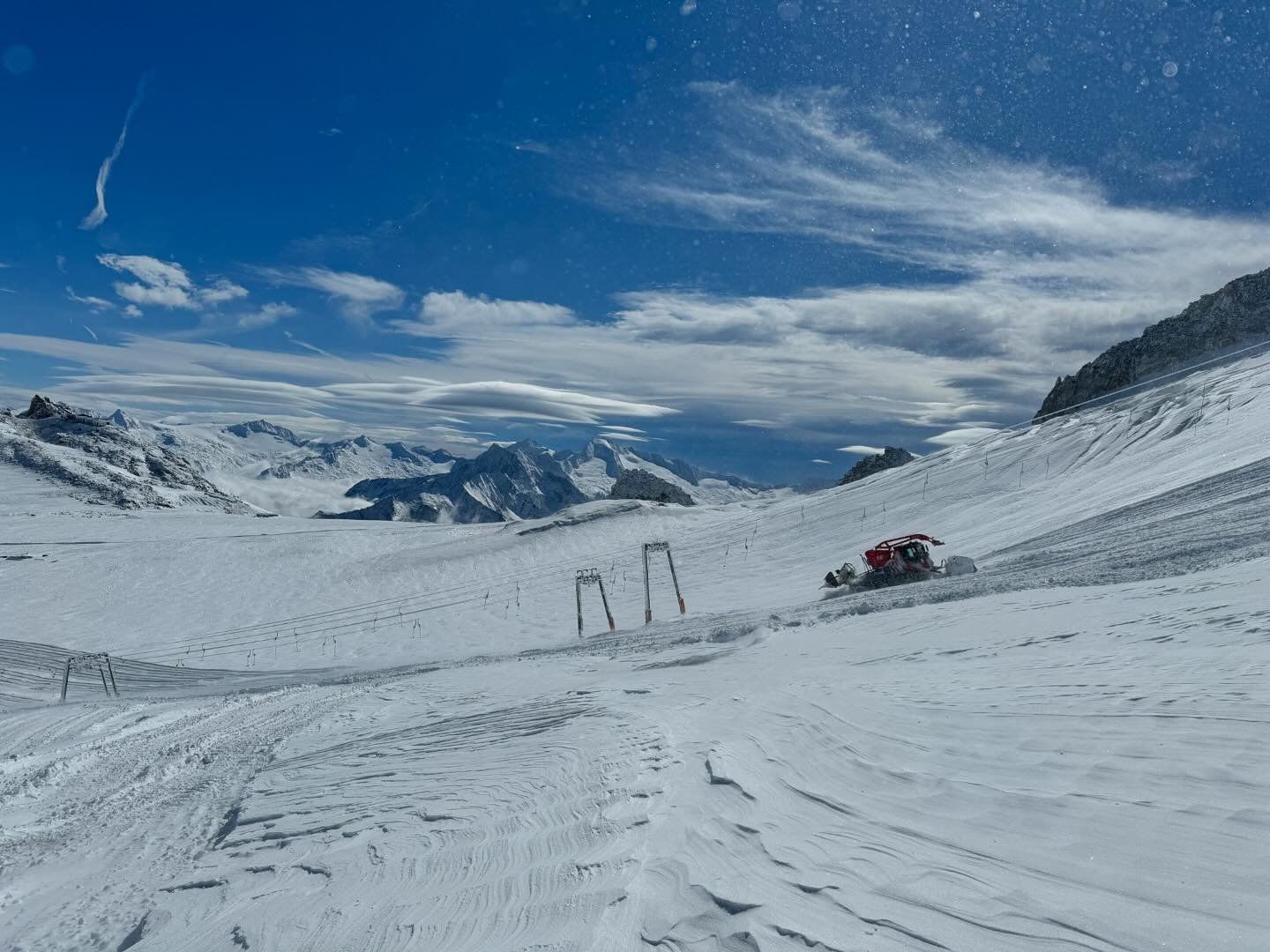
Whistler Blackcomb, Canada – The Maple One
Once home to Canada’s only summer glacier skiing on the Horstman Glacier, Whistler Blackcomb remains legendary for its size, variety, and high-alpine terrain. While the glacier has been closed for the last couple of years for summer skiing due to receding ice, its legacy lives on, and the resort still offers thrilling high-elevation runs and vast freeride terrain all the way until May. The Peak 2 Peak gondola—the world’s longest unsupported lift span—adds to the spectacle.
Why it’s unique: Hike-to glacier terrain in one of North America’s largest resorts.
- Glacier: Horstman Glacier
- Ski season: Autumn to spring
- Top elevation: 2,284 meters (7,494 feet)
- Vertical drop: ~300 meters (984 feet) for summer glacier
- Skiable terrain (winter): 8,171 acres / 200 kilometers (125 miles)
- Lifts: 27
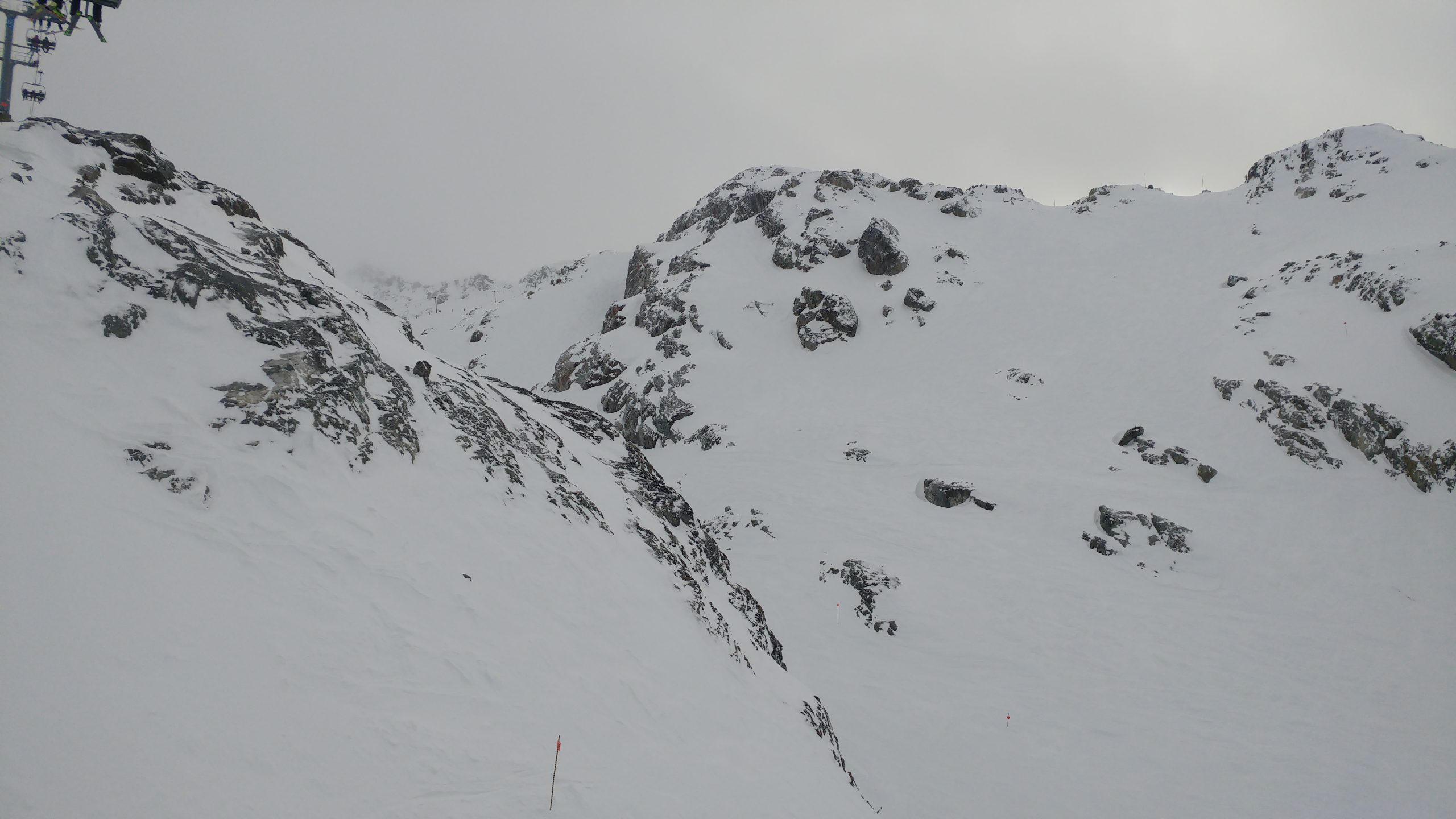
Les 2 Alpes, France – Europe’s Largest Summer Glacier Area
Les 2 Alpes boasts the largest summer ski area in Europe, with a glacier zone that becomes a playground for freestyle skiers and riders during the warmer months. It’s a magnet for terrain park junkies and pros training in the off-season. International ski racers can be found training here in summer.
Why it’s unique: Massive terrain park, high-altitude training, and a summer snow scene like no other in Europe.
- Glacier: Mont-de-Lans / Girose Glacier
- Ski season: Winter + summer (June–July)
- Top elevation: 3,568 meters (11,706 feet)
- Vertical drop: 2,300 meters (7,546 feet)
- Skiable terrain: 200 kilometers (124 miles)
- Lifts: 44
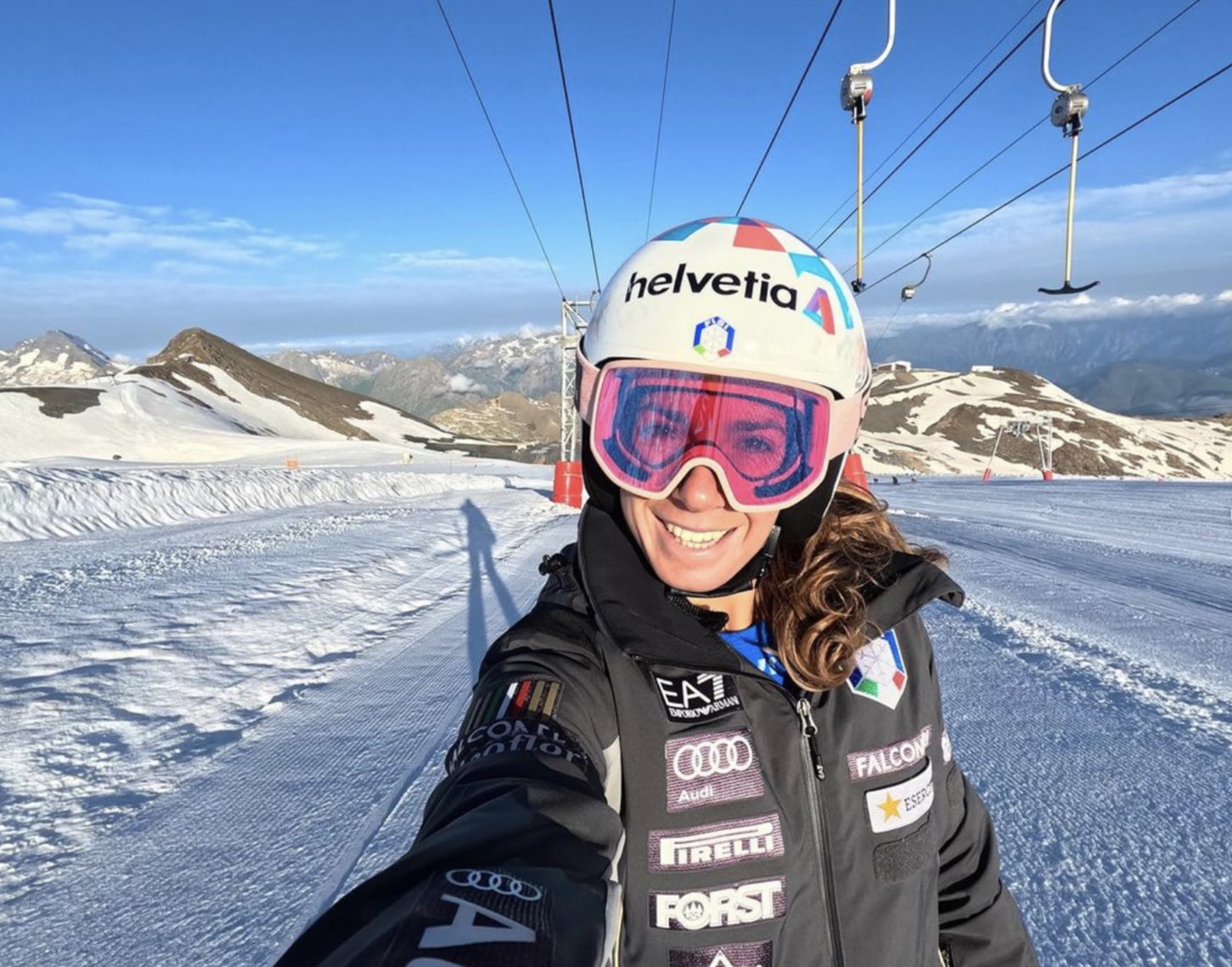
Sass-Fee, Switzerland – The Pearl of the Alps
Nicknamed “The Pearl of the Alps,” Saas-Fee offers summer skiing on the Allalin and Fee Glacier with one of the world’s highest revolving restaurants at the summit. Glacial crevasses and high-altitude vistas make for an otherworldly experience, especially in summer. The Allalin Glacier is in the Saas Vispa area while the Fee glacier is a two-part glacier above Saas-Fee on the eastern side of the Mischabel massif. Both glaciers are about 6 kilometres long. Large parts of the south Fee glacier belong to the Saas-Fee ski area.
Why it’s unique: Ride to the glacier through a tunnel on the world’s highest underground funicular.
- Glacier: Allalin and Fee Glacier
- Ski season: July–April
- Top elevation: 3,600 meters (11,811 feet)
- Vertical drop: 1,800 meters (5,906 feet)
- Skiable terrain: 100 kilometers (62 miles)
- Lifts: 23

Tignes, France – Glacier with a View
At Grande Motte Glacier in Tignes, skiing continues well into summer. During summer, the Grand Motte glacier offers 20 kilometers (12.5 miles) of glacier skiing at an altitude of 3,000 meters. Where else can you indulge in early-morning glacier runs followed by afternoons spent biking, climbing, or paddleboarding on the lake? Tignes also offers you the possibility of pleasant glacier hikes at altitude, while benefiting from the ski lifts.
Why it’s unique: A true multi-sport paradise, combining glacier skiing with summer adventure sports.
- Glacier: Grande Motte
- Ski season: year round
- Top elevation: 3,456 meters (11,339 feet)
- Vertical drop: 750 meters (2,461 feet) on glacier
- Skiable terrain (winter): 300 kilometers (186 miles) together with Val d’Isère
- Lifts: 78 (combined area)
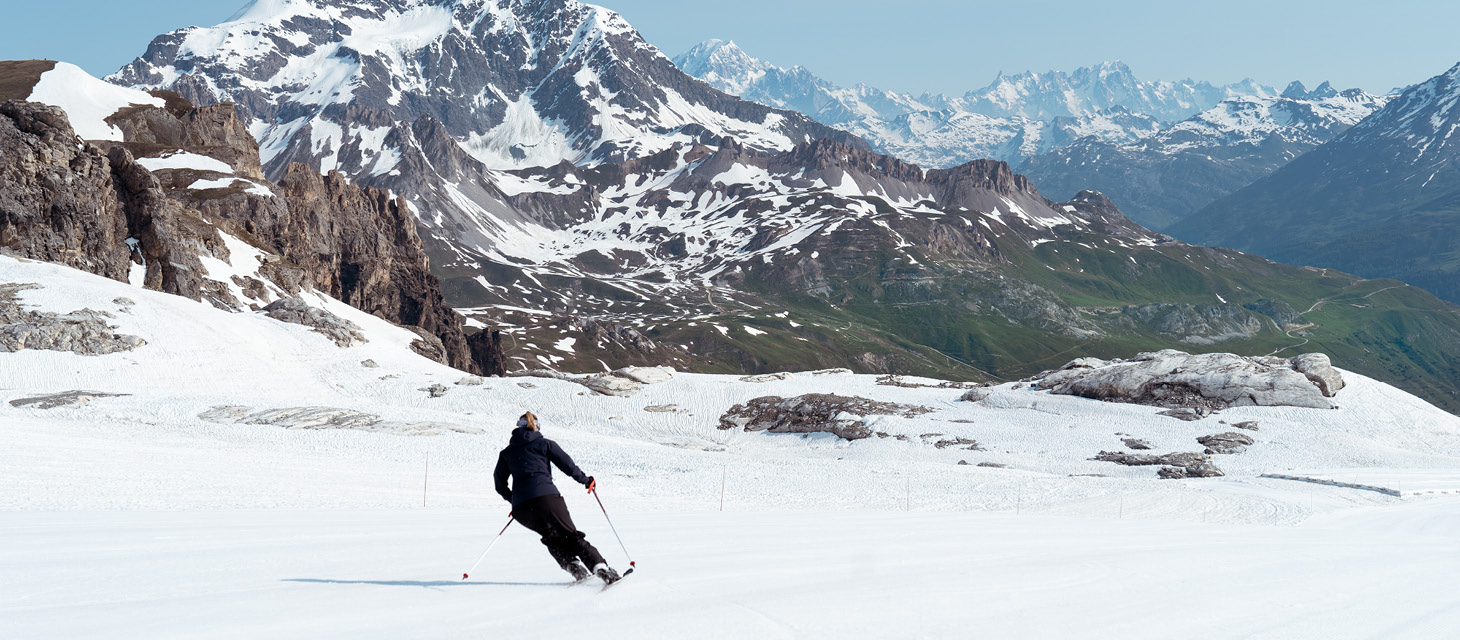
Passo Stelvio, Italy – The Journey is the Destination
Only open in summer, Stelvio Pass is Italy’s secret stash for die-hards. With no winter access due to snow-covered roads, it’s a retro-style retreat with old-school charm, surrounded by stunning peaks of the Dolomites. The dramatic Stelvio Pass road leads to the resort and was described by Top Gear’s Jeremy Clarkson as “the greatest driving road in the world.” Passo Stelvio is the summer training base for the Italian national alpine team and offers some of the most reliable summer skiing thanks to its high altitude.
Why it’s unique: The spectacular road, the Stelvio Pass, to the resort is worth the journey alone.
- Glacier: Stelvio Glacier
- Ski season: May–November
- Top elevation: 3,450 meters (11,319 feet)
- Vertical drop: 700 meters (2,297 feet)
- Skiable terrain: 20 kilometers (12.4 miles)
- Lifts: 6
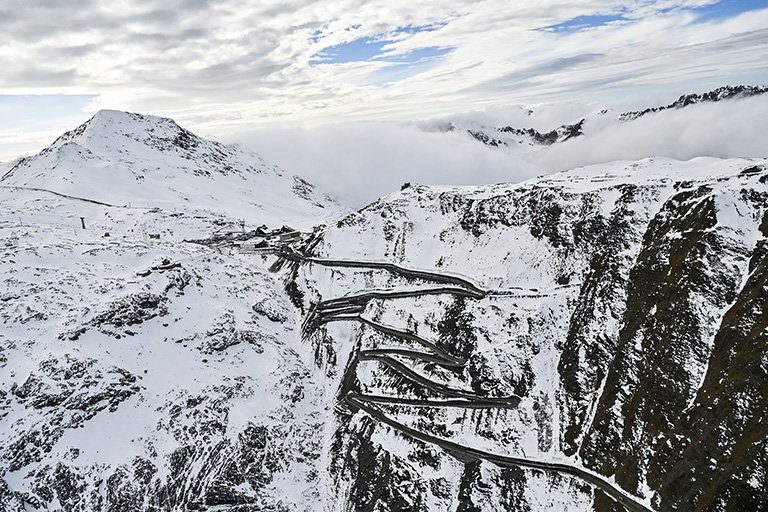
Timberline Lodge, USA – North America’s Longest Season
Perched on the slopes of Oregon’s Mount Hood, Timberline boasts the longest ski season in North America, with summer glacier skiing continuing into September. In recent years, however, Timberline Lodge has closed in August due to climate change. The Palmer Snowfield becomes a magnet for ski camps and pros during the off-season. The Palmer Express Chair does not operate during winter due to too much snow and ice, however in spring, once it can be de-iced, the Palmer Chair operates until the end of the season.
Why it’s unique: Summer laps under a blazing sun, where U.S. ski teams train and camps thrive.
- Glacier: Palmer Snowfield
- Ski season: November–August/September
- Top elevation: 2,604 meters (8,540 feet)
- Vertical drop: ~850 meters (2,790 feet)
- Skiable terrain: 1,685 acres/31 kilometers
- Lifts: 7
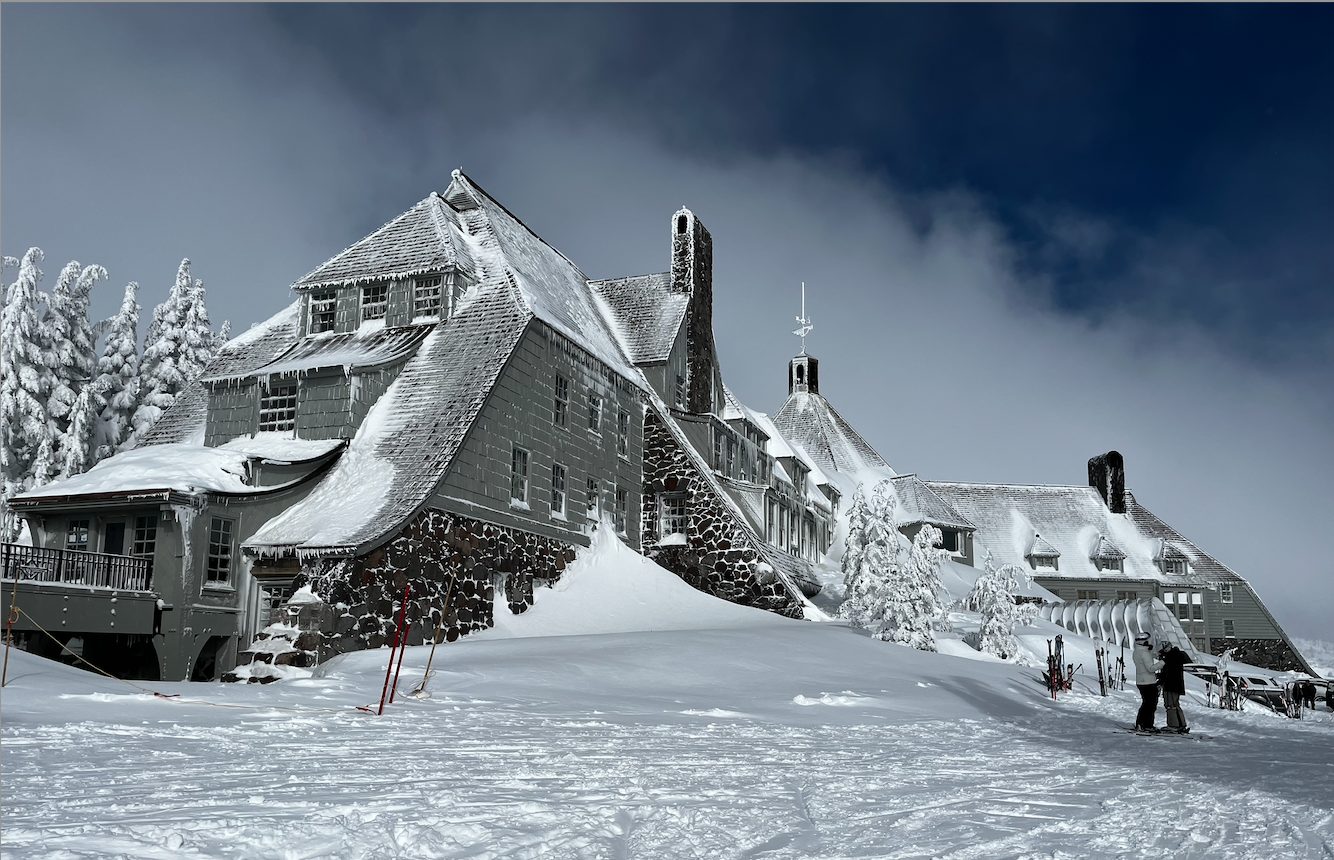
Diavolezza, Switzerland – High-Alpine Skiing with Views of Piz Palü
Overlooking the famous Bernina massif and Piz Palü, Diavolezza offers spring glacier skiing with a dramatic backdrop. At the top station of the tramway, you are surrounded by a stunning array of high altitude peaks, from the Piz Bernina with 4,048 meters (13,304 feet), Piz Zupò with 3,995 meters (13,110 feet), to the Bellavista with 3,921 meters (12,867 feet) and the famous Piz Palü at 3,899 meters (12,835 feet). During the peak season, the resort connects with Lagalb and features Switzerland’s longest glacier descent when snow conditions allow. The ski run ends in the Morteratsch Valley where mile posts indicate vividly how much the glacier has shrunk over the last century. In some years, magnificient glacier caves are formed which can also be explored on foot from the valley.
Why it’s unique: Remote and rugged, with a 10 km (6.2 mi) glacial descent through surreal terrain.
- Glacier: Pers and Morteratsch Glaciers
- Ski season: October–May
- Top elevation: 2,978 meters (9,770 feet)
- Vertical drop: 1,073 meters (3,520 feet)
- Skiable terrain: ~35 kilometers (22 miles)
- Lifts: 2
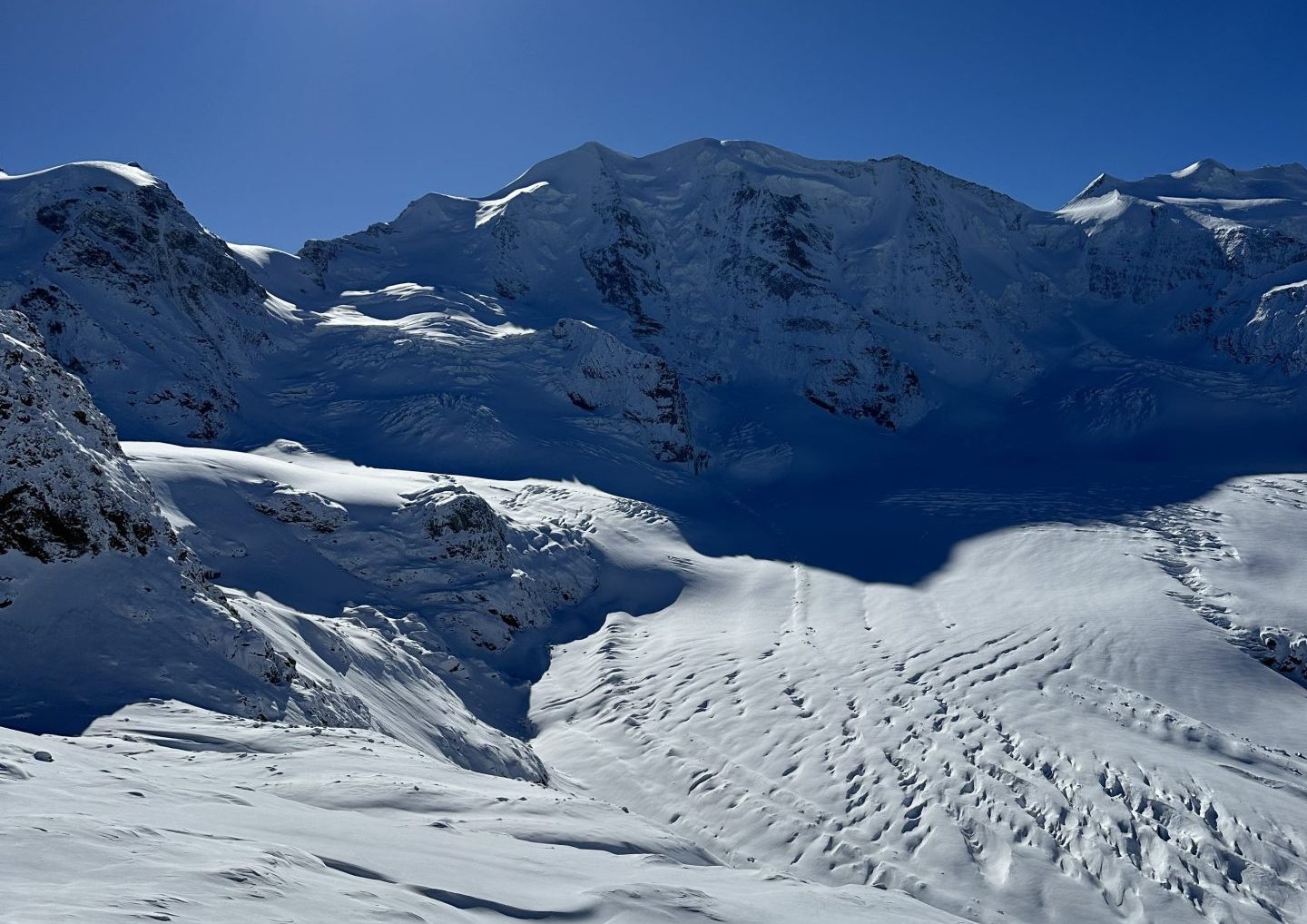
Mölltaler Gletscher, Austria – Austria’s Snow-Sure Secret
Often overlooked, the Mölltaler Glacier is Austria’s most snow-sure spot after Hintertux. A favorite among race teams—it is the official training ground for the Austrian national team—the glacier offers high-altitude reliability and compact terrain with little crowds. It is the only glacier ski resort in Carinthia and due to its high elevation, boasts absolute snow reliability from autumn through to spring. Above average sunshine hours combined with demanding runs make this a standout glacier ski resort despite the small ski area size.
Why it’s unique: High-alpine skiing away from the crowds with panoramic views of the Hohe Tauern National Park.
- Glacier: Mölltal Glacier
- Ski season: October to June (public)
- Top elevation: 3,122 meters (10,240 feet)
- Vertical drop: 1,707 meters (5,600 feet)
- Skiable terrain: 17 kilometers (10.5 miles)
- Lifts: 9
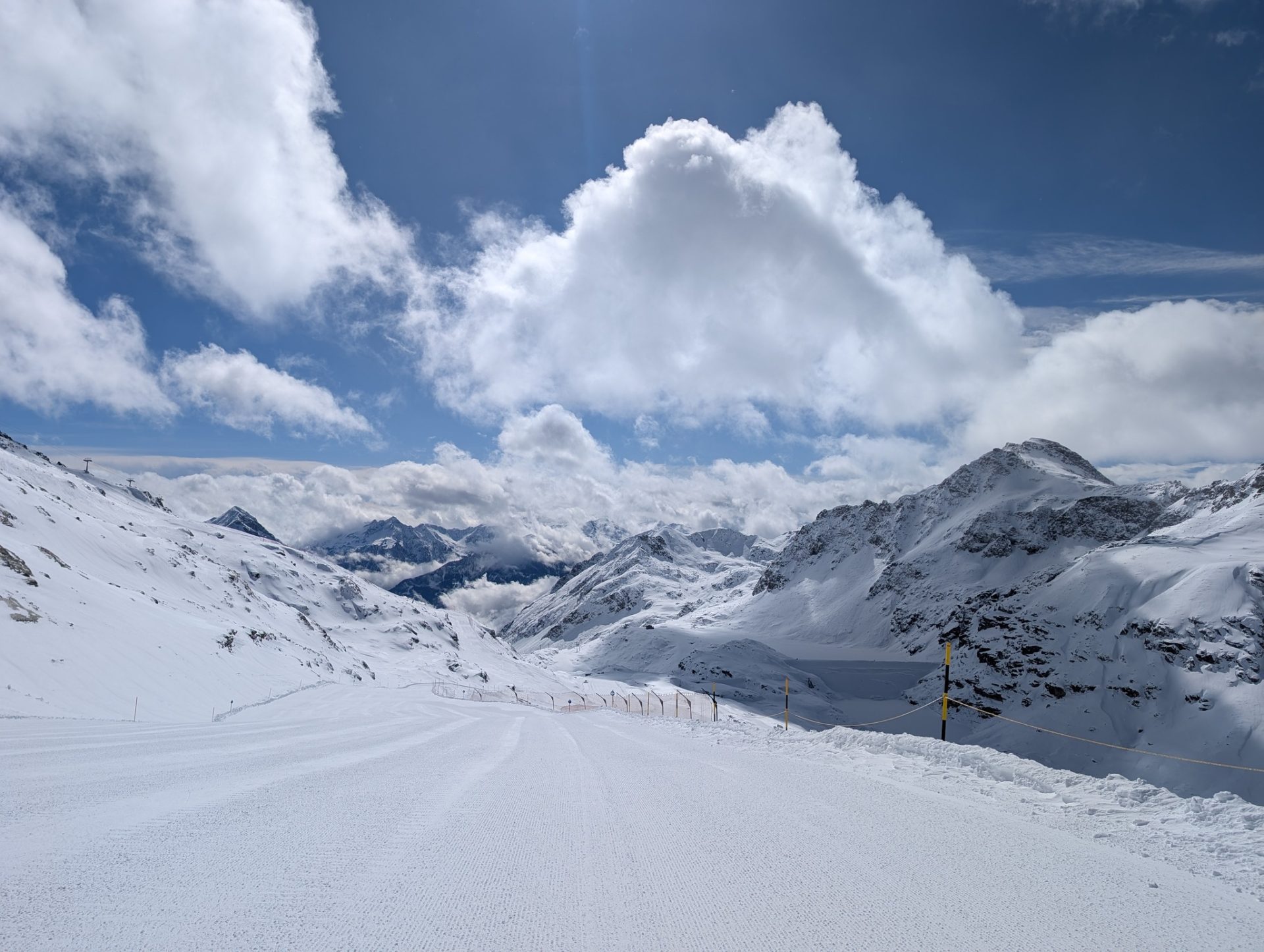
Fonna, Norway – Skiing in the Fjords
Located on the Folgefonna Glacier in western Norway, Fonna offers summer skiing with jaw-dropping fjord views and reliable snow well into August. It’s a hotspot for freestyle training and attracts skiers looking for a truly unique, off-the-grid glacier experience. The drive from the fjords up to the glacier is spectacular, offering a fairytale landscape as one climbs up. The access road through the Folgefonna National Park is only open in summer.
Why it’s unique: Where else can you ski in summer with views over Norwegian fjords and then swim in the afternoon in the spectacular fjords?
- Glacier: Folgefonna Glacier
- Ski season: May–August
- Top elevation: 1,470 meters (4,823 feet)
- Vertical drop: 250 meters (820 feet)
- Skiable terrain: ~5 kilometers (3.1 miles)
- Lifts: 1
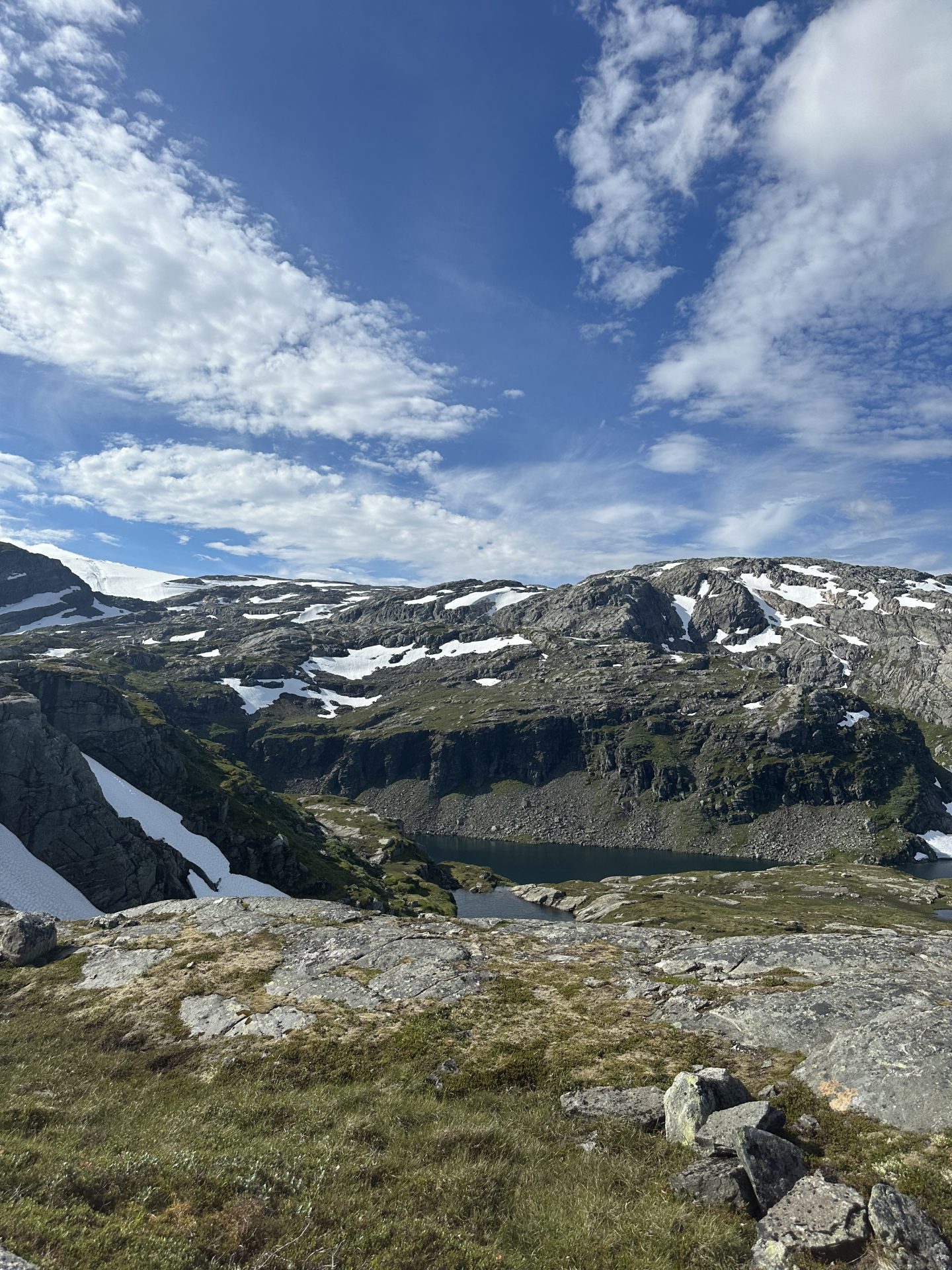
With climate change threatening glacier viability, skiing these unique destinations is not just a thrill—it’s a glimpse into a fragile, rapidly changing world. For skiers and snowboarders looking for something different, these resorts offer altitude, attitude, and unforgettable alpine experiences. Ready to chase the ice? Better hurry—these glacial giants won’t last forever.


